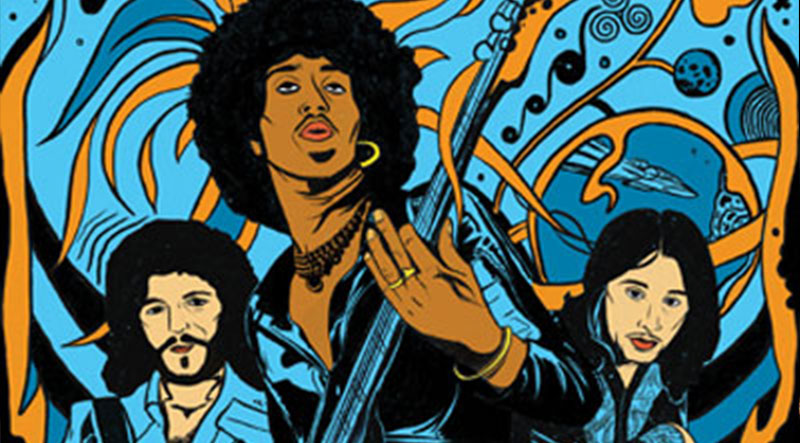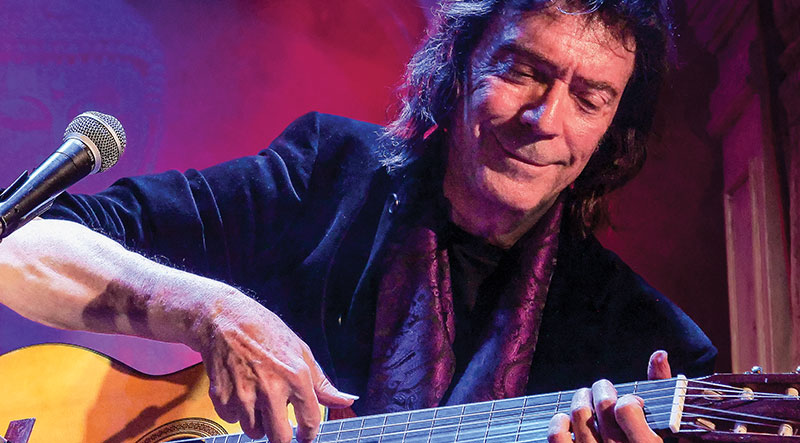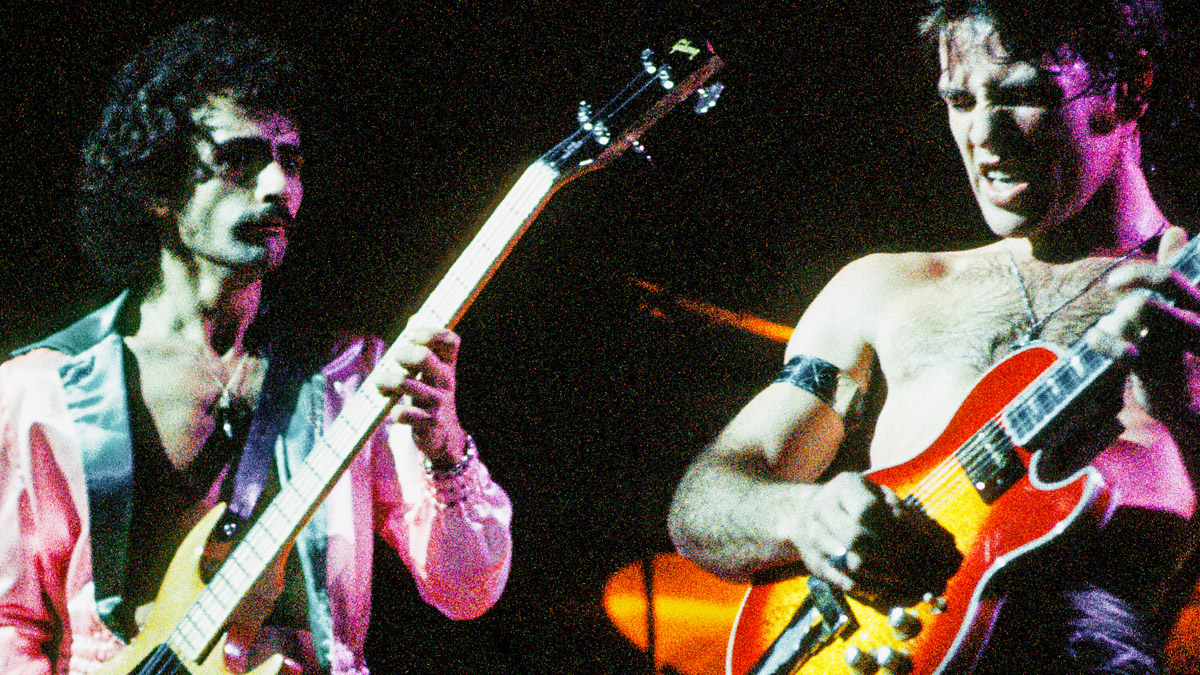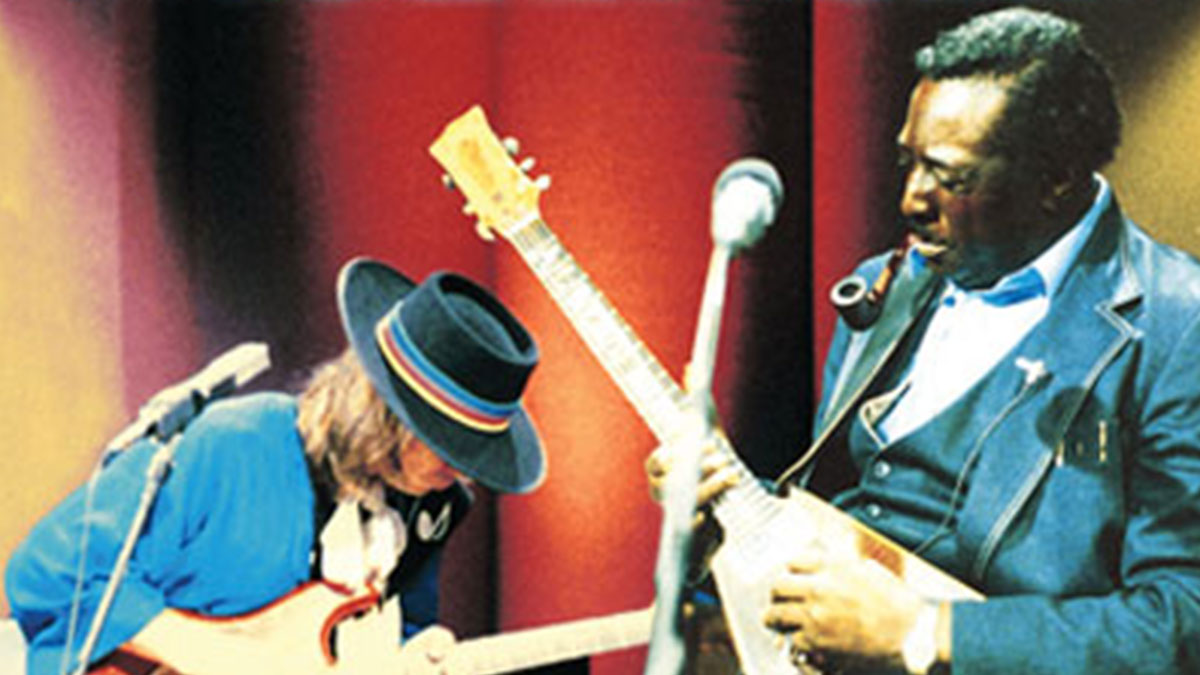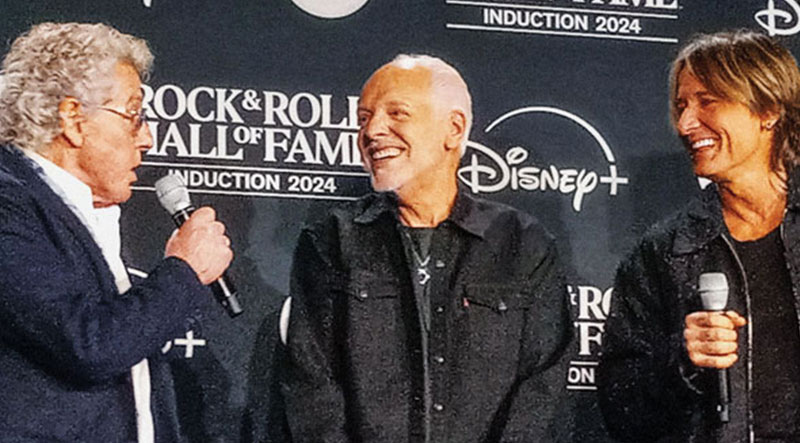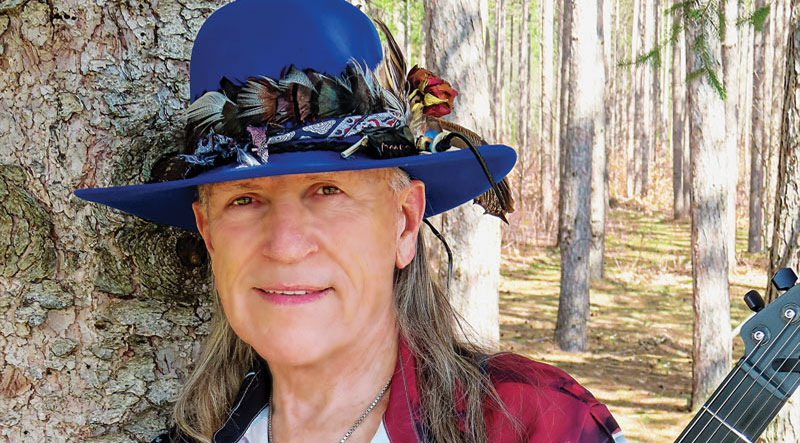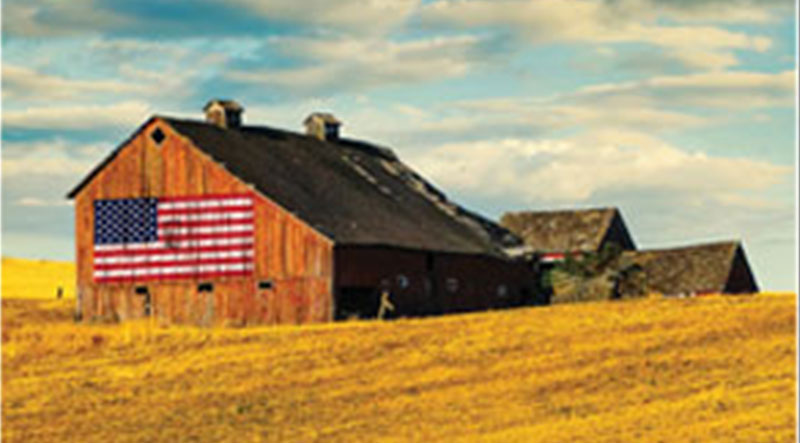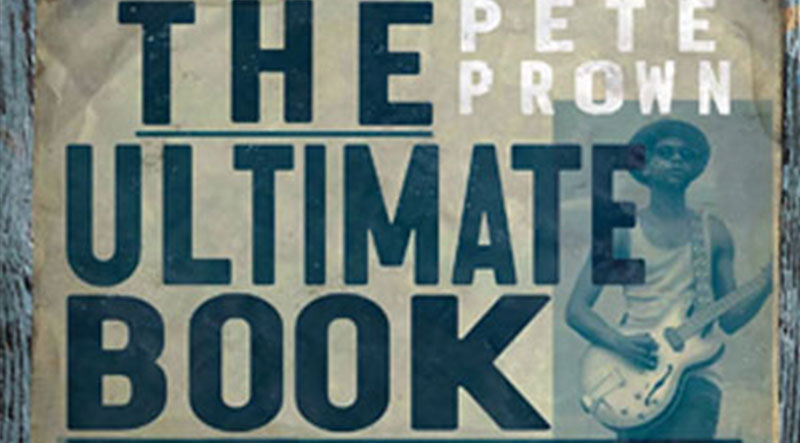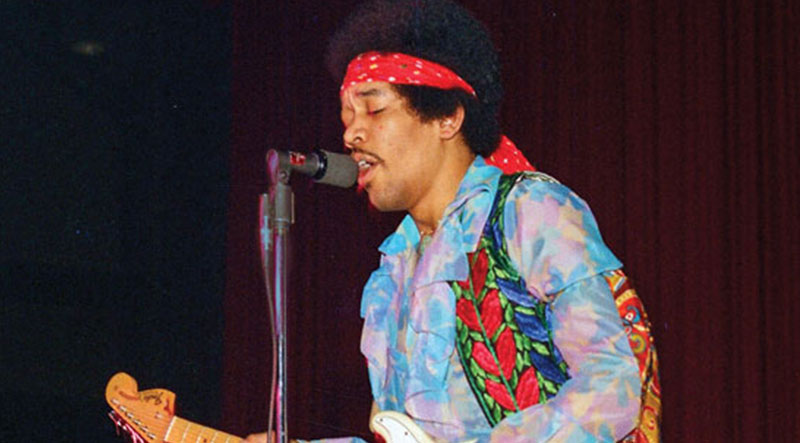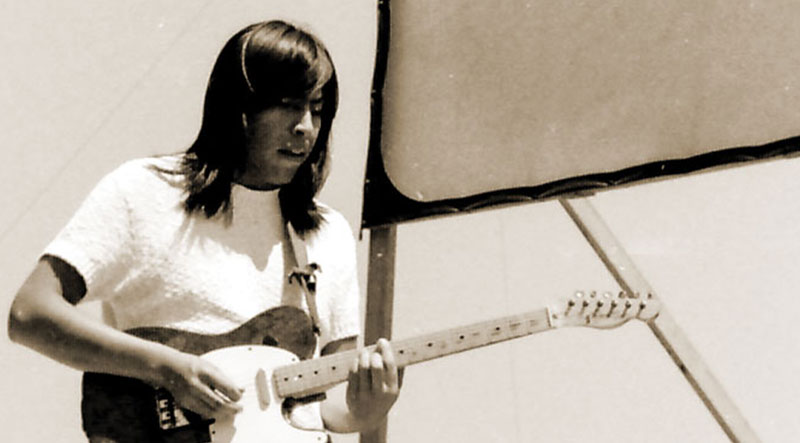-
Bret Adams
Thin Lizzy
The Acoustic Sessions
Thin Lizzy’s first studio release in decades, this album reimagines tracks recorded 50+ years ago by the trio of vocalist/bassist Phil Lynott, guitarist Eric Bell, and drummer Brian Downey. The songs are from Lizzy’s first three albums – 1971’s Thin Lizzy, ’72’s Shades of a Blue Orphanage, and ’73’s Vagabonds of the Western World. Recently,…
-
Bret Adams
Steve Hackett
No Limits
Steve Hackett is one of the busiest guitarists around, regularly issuing new studio and live albums. His latest, Live Magic at Trading Boundaries, focuses on his classical/acoustic compositions. Included are solo guitar pieces and group performances featuring music from his time in Genesis during its beloved ’70s “progressive” era. Trading Boundaries is an intimate venue…
-
Bret Adams
Pop ’N Hiss: Grand Funk’s We’re An American Band
Rockin’ Patriots
Thundering out of Michigan in 1969, Grand Funk Railroad quickly became one of the most popular bands in the world. In just three years, vocalist/guitarist Mark Farner, bassist Mel Schacher, and vocalist/drummer Don Brewer released five studio albums, became a major concert attraction, and scored Top 40 hits with “I’m Your Captain (Closer to Home),”…
-
Bret Adams
Albert King with Stevie Ray Vaughan
In Session (Deluxe Edition)
Talk about a summit – this session was a Luke Skywalker-meets-Yoda moment. The live album, originally released in 1999, is finally available in its entirety on LP, CD, and high-resolution digital formats. Backed by an exceptional band, King and Vaughan were filmed at CHCH-TV in Hamilton, Ontario, on December 6, 1983. King was the seasoned…
-
Bret Adams
Frampton, Foreigner Join HoF
Rockin’ the Hall
Peter Frampton, Foreigner, Alexis Korner, and John Mayall became classmates during the 39th Rock & Roll Hall of Fame induction ceremony, held October 19 in Cleveland. Frampton, who is battling the degenerative muscle disease inclusion body myositis, was inducted by The Who vocalist Roger Daltrey. Frampton performed “Baby (Somethin’s Happening)” before Keith Urban came out…
-
Bret Adams
Force of Nature
Mark Farner
Mark Farner etched his name in rock history as the primary lead vocalist/songwriter and guitarist for Grand Funk Railroad, which enjoyed a phenomenal run from 1969 through ’76, when fans flocked to hear their earthy, R&B-drizzled hard rock. In the decades since, Farner has participated in a few reunions, but mostly focused on his solo…
-
Bret Adams
Closer to My Home
Mark Farner
Grand Funk Railroad, the hard-rock “people’s band,” earned little critical respect. But there’s no denying GFR’s massive influence – led primarily by Farner’s vocals and primal guitar – considering their level of early-’70s success. Farner’s first studio album since 2006 is straight-up, no-frills music, similar to his famous Detroit band. Lyrically, the longtime born-again Christian…
-
Bret Adams
The Ultimate Book of Blues Guitar Legends
The Ultimate Book of Blues Guitar Legends
The blues is the foundation of nearly all American popular music, and this book by Vintage Guitar’s music editor covers the genre’s giants, from the founders to present-day practitioners. Its emphasis is on electric blues since the days of T-Bone Walker and Gatemouth Brown, but it also touches on acoustic-blues men and women. The…
-
Bret Adams
Jimi Hendrix
Electric Lady Studios: A Jimi Hendrix Vision
It’s astonishing – and fortunate – that so much unreleased Jimi Hendrix material exists, given his brief recording career. It seems every time he picked up his guitar in the studio, the Record button was pressed. The hook here is 38 of the 39 tracks are previously unreleased – different takes, alternate versions or mixes,…
-
Bret Adams
Revealing Jesse Ed Davis
Douglas K. Miller
Jesse Ed Davis was an unsung guitar hero – unless you were a legend like Eric Clapton, John Lennon, George Harrison, Bob Dylan, Rod Stewart, Conway Twitty, Taj Mahal, Jackson Browne, and countless others who played with him and revered his talent. The Oklahoma-born Davis became an L.A. session wizard who released three solo albums…

